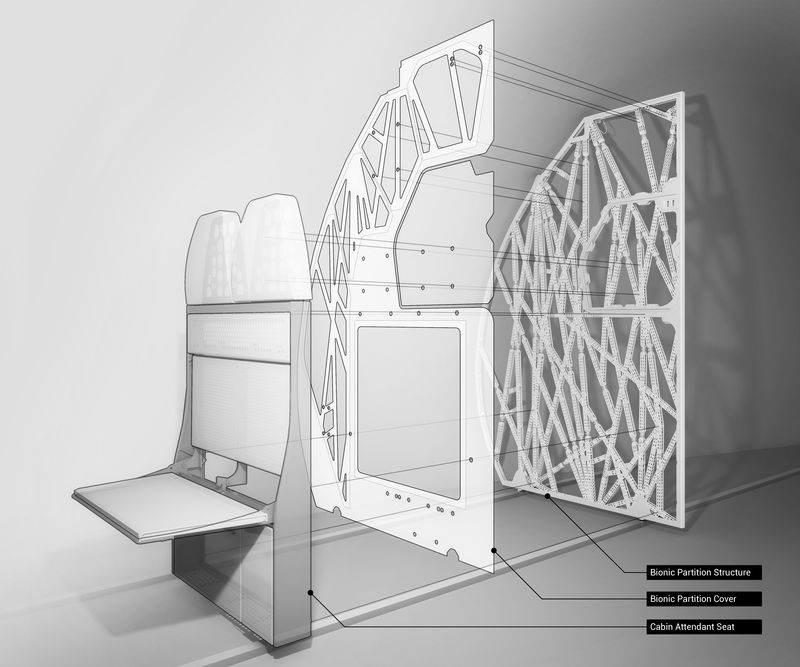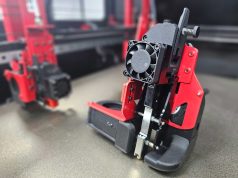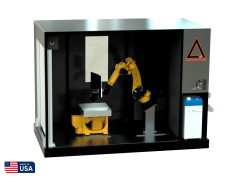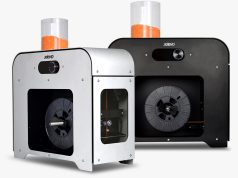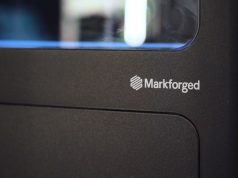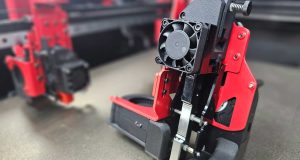Aircraft manufacturer Airbus and software company Autodesk have teamed up to create the world’s largest 3D printed airplane cabin component, called “bionic partition”.
December 2, 2015: The light-weight partition component is a dividing wall between the seating area and the galley of a plane, holding the jumpseat for the cabin attendants. It was created using custom algorithms that generated a design mimicking cellular structure and bone growth, before being 3D printed using Scalmalloy, a second-generation aluminium-magnesium-scandium alloy developed by Airbus subsidiary APWorks.
Being 45% (30 kg) lighter than the current design, the new partition is structurally strong due to its micro-lattice shape. Airbus estimates that it could save up to 465,000 metric tons of CO2 emission per year, which would be equivalent of taking about 96,000 passengers cars off the road for one year. This again is one example of how reducing weight in any part of airplanes significantly reduces fuel consumption.
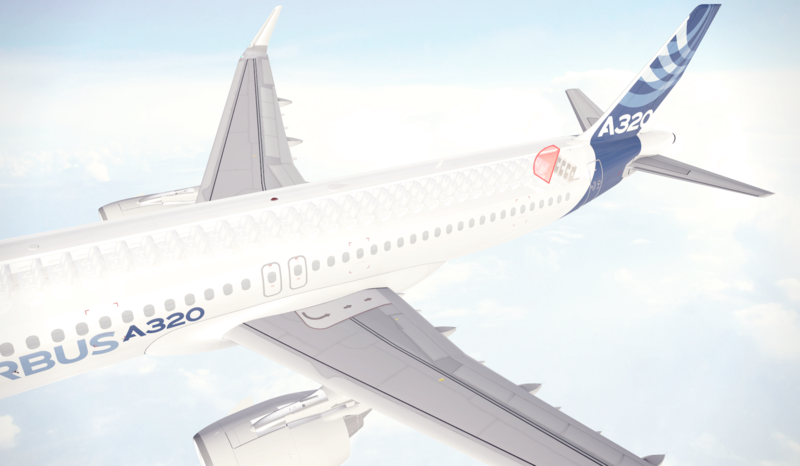
Generative design is made possible by cloud computing of very large set of design alternatives, ranging from hundreds to thousands. This way new solutions that haven’t been considered even by experienced designers can be explored.
Jeff Kowalski, chief technology officer of Autodesk explains: “Generative design, additive manufacturing and the development of new materials are already transforming the shape of manufacturing and innovative companies like Airbus are showing what is possible. This is not just an interesting hypothetical experiment – this is a fully functioning component we can expect to see being deployed in aircraft in the very near future. We’re looking forward to further collaboration with Airbus on new components and designs for current and future aircraft.”
Peter Sander, VP emerging technologies and concepts at Airbus expanded: “At Airbus we are always looking to push the boundaries of new technologies and explore how we can best innovate. The collaboration with Autodesk, APWorks and Concept Laser has proved very successful. Autodesk brings generative design technology and a real understanding of additive manufacturing, which is crucial to turning great concepts into real products. These technologies will ultimately revolutionise the way we design and build aircraft, enabling improvements in fuel efficiency, passenger comfort and a drastic reduction in the environmental footprint of air transport overall.”
While the first testing phase of the new partition has been successfully completed, further tests, including a test flight, are to be conducted next year.
January 18, 2015: Update – Airbus has started manufacturing process of cabin component
Airbus has started the manufacturing process for the new bionic cabin partition in collaboration with its subsidiary APWorks and Autodesk Studio The Living.
The 3D printed Partition, currently undergoing 16G crash testing as part of the process for certification, will be integrated into the current fleet of A320 planes. Check out the video below to get an insight into the production process:
Subscribe to our Newsletter
3DPResso is a weekly newsletter that links to the most exciting global stories from the 3D printing and additive manufacturing industry.



